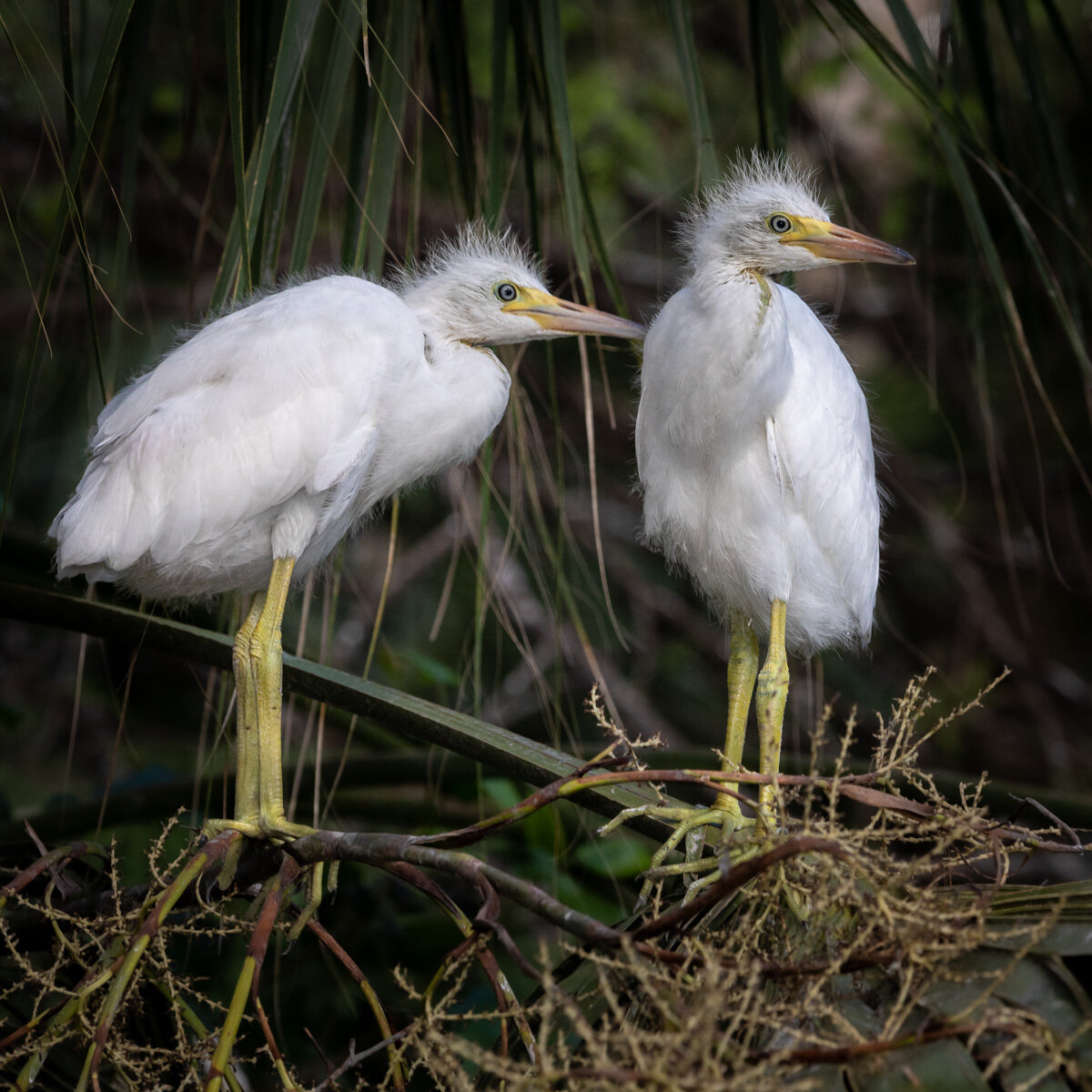I’ve visited Salt Lake City five times, but had never been to the shore of the Great Salt Lake. The airport rests on the edge of the lake and the flight approach often goes over the lake. The Natural History Museum of Utah has a terrific exhibit on the ecology, hydrology and geography of the lake. When I visited Golden Spike National Historical Park, there were signs for a drive over ranch land to the Spiral Jetty. It was mid-day—not a good time for photography usually, but my curiosity prevailed, and it was time to visit the lake.
Spiral Jetty, Great Salt Lake, Utah
Standing on the ridge above the lake, it looks like a weird mirage of mountains in the distance. It is odd to smell the salt air as if you’re on the ocean coast. The 1,500 foot long, 15 foot wide jetty coils out from the shore. It is sometimes submerged under water, but the lake is low and so the water was quite a distance from the jetty built in 1970 by sculptor Robert Smithson.
It gets stranger walking past the jetty to the lake. The north arm of the Great Salt Lake was cut off from the rest of the lake when a train causeway was built by the Southern Pacific Railroad. The ocean is about 3.5% salinity. Most of this lake is about three times saltier. The north arm has a 27% salinity! Red salt-tolerant bacteria and algae and a few weird insects live in the water.
Red water reflections
The small islands and the ripples in the shallow, red water enhance the other-worldly feel.
Sunburst, Great Salt Lake
Comma
What in the distance looks like salt or ice crystals near the edge of the water, turn out to be mats of foam and bubbles. The very slow waves and surge of the lake cause the foam mats to shutter and sputter and act like some primordial life coming out of the lake. I was very happy the hikers in the distance wore red jackets.
Salt foam
Hikers looking at foam forms
My shoes still have some salt marks from this odd hike to this weird, huge desert lake.
Islands and mirages
North Arm reflections







































































































































